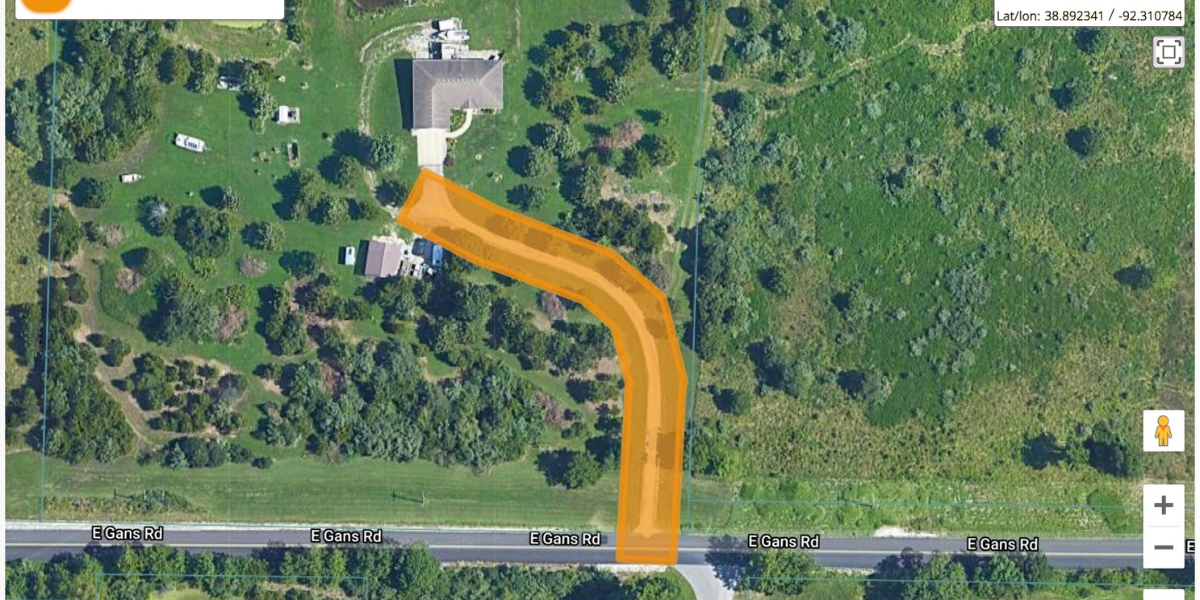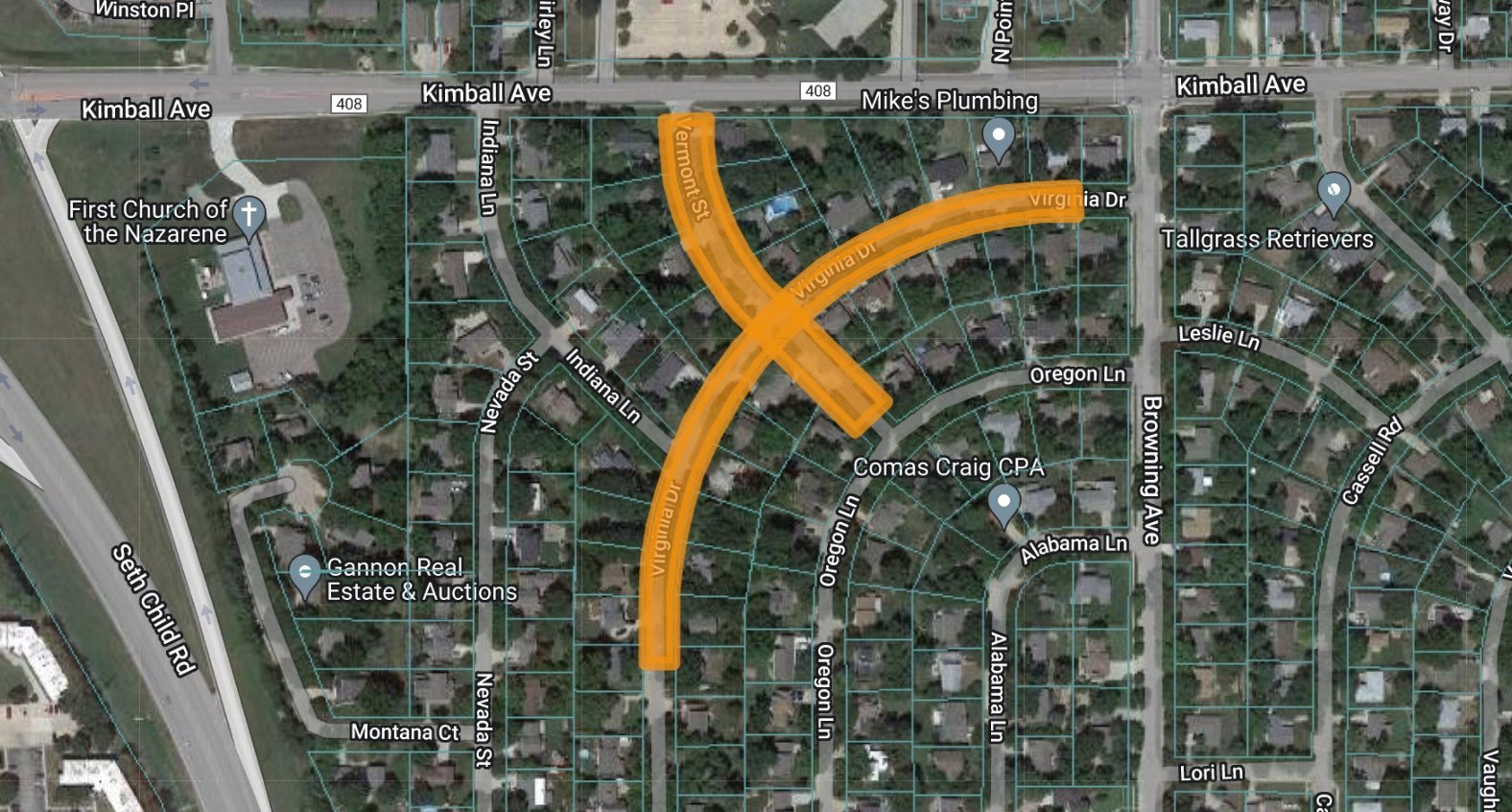
This article was published in the 2024 Excavation Safety Guide.
When the first “call before you dig” centers were created, the idea of a user submitting their own tickets over the internet was nothing more than science fiction. Much like hoverboards and laser blasters, it was just a dream of what could be. While flying cars are still in development, internet based ticket entry systems have become the standard for how excavators interact with today’s notification centers.
When ITIC was rolled out (One Call Concept’s first ever online ticket entry system) in 2003, it forever changed the way we look at ticket entry. When asked what it means for excavators in particular, David Butler, OCC’s national ITIC coordinator, shared:
From the excavator perspective, it provides a better user experience and the increased accuracy needed for today’s projects. The system makes it quick and easy to process multiple tickets at once and features a variety of innovative mapping tools that streamline what has previously been a timeintensive task. It automatically populates much of the required location information – this not only saves time, but also greatly reduces the chance of human error.
Today, just 20 years later, we have seen many states go from 100% of tickets being called in to less than 20%. Having an online ticket entry system is no longer an option for notification centers – instead, it’s now the cornerstone on which our systems are built and an expectation from many excavators. Online ticket entry opened doors to new and exciting ways to improve the excavator’s experience. In the beginning, only text was collected. The excavator would provide a text-based description of the work area, basic information, and the locate request was then passed to the notification center where the ticket was completed by center staff.
Mapping soon followed. In addition to filling out an online form, excavators could identify their worksite visually. No one knows where the work is taking place better than the excavator. Providing them with the power to identify the site has resulted in the smallest, most precise notification polygons possible.
 Today, the excavator has nearly the same level of access as a customer service representative (CSR) in the notification center. They have the power to create an entire ticket from start to finish, map the area with the highest possible accuracy, and send the ticket directly to affected facility operators.
Today, the excavator has nearly the same level of access as a customer service representative (CSR) in the notification center. They have the power to create an entire ticket from start to finish, map the area with the highest possible accuracy, and send the ticket directly to affected facility operators.
Even more importantly, the excavator is no longer limited to drawing a polygon – they can now identify the site with such precision that some are describing it as “electronic white lining.” Excavators can identify their worksite by drawing a complex route, just like they would with white paint, f lags, or stakes in the field. With the ITIC online ticket entry system, for example, they can draw a radius around a fixed object like a pole, hydrant, or meter. They can select a single parcel, or better yet – one quadrant of a parcel. And, as always, they can draw a freeform polygon to perfectly fit around their site.
Excavators around the country have found great value in these changes over time, and their feedback says it best. The following comments were shared by real online ticket entry users:
“I can do all of my jobs, then the system automatically knows how many tickets to file! Makes the process quicker and more efficient.” Chester Jones, Intren Electric
“I love how quickly I can put in multiple locations.” Mark Enright, JBE Trenching
It’s not just excavators who have benefited from the evolution of online ticket entry – locators and facility operators have experienced a significant impact through the reduction in over-notification. Online ticket entry’s more precise excavation site mapping has led to facility operators being sent fewer tickets that do not require locating to be completed in the field (tickets outside of a facility operator’s coverage area). This has resulted in dramatic locating cost savings for facility operators, as the cost of receiving a ticket is negligible compared to the costs associated with physically responding to a locate request. More importantly, resources – including locators – can be better utilized where they are actually needed. Decreasing the number of distracting, unnecessary tickets to facility operators and locators not only allows for a faster response, it allows for more energy excavation safety.

The introduction of user mapping through online ticket entry quickly revealed that work areas drawn by the excavator are far more valuable than any text-based description can ever be. User-drawn maps allow facility operators to see exactly where the work is taking place, eliminating any room for misinterpretation. Every time OCC sends a ticket to a facility operator, the user-drawn map is delivered with the ticket. Locators can access a fully interactive map – with street and satellite views of the site - that shows the excavation polygon overlayed with incredible accuracy. Locators can use this to guide their response in the field, review and screen tickets from anywhere, and ensure they know exactly where the work is taking place throughout the entire process.
So while we still may be waiting on flying cars, we can rest assured that the Notification Center world has changed for the better with the introduction of online ticket entry. We have only just scratched the surface of what we can accomplish with these new tools over the past 20 years. As our technology continues to develop, all of our existing systems will continue to be enhanced – providing increased accuracy, faster ticket processing, and a better user experience across the board.

![ESM Sidebar Ad[87] ESM Sidebar Ad[87]](https://excavationsafetyalliance.com/hubfs/ESM%20Sidebar%20Ad%5B87%5D.gif)



Comments